#wimpole
Explore tagged Tumblr posts
Text


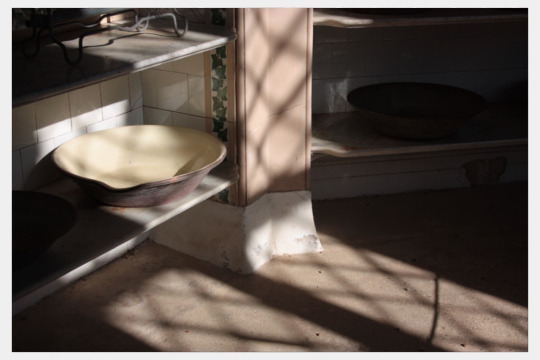






wimpole home farm, march 2025
buy me a coffee? ☕️
#mojpg#england#cambridge#cambridgeshire#photography#photographers on tumblr#march#2025#spring#wimpole#wimpole farm#landscape#landscapes#sheep#architecture#dark academia#light academia#sylvia plath#the bell jar#rural#sunlight#shadows#ruralcore#rural gothic#location gothic#nature#ruins#creme#warm#farmcore
27 notes
·
View notes
Text

Wimpole Estate, Cambridgeshire, UK
0 notes
Text




i like to take him to fancy houses and pretend hes giving me a tour
#its wimpole estate in cambridgeshire!#rlly lovely drawing room with a high ceiling and a cute food storage closet#kuroshitsuji#black butler#sebastian michaelis#soph posts
261 notes
·
View notes
Text

ave maria
128 notes
·
View notes
Text
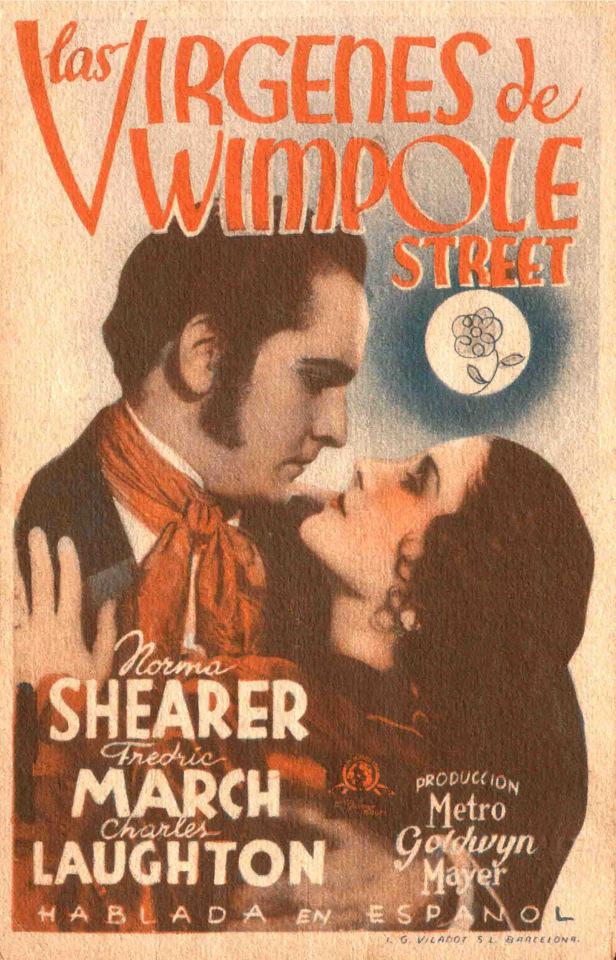
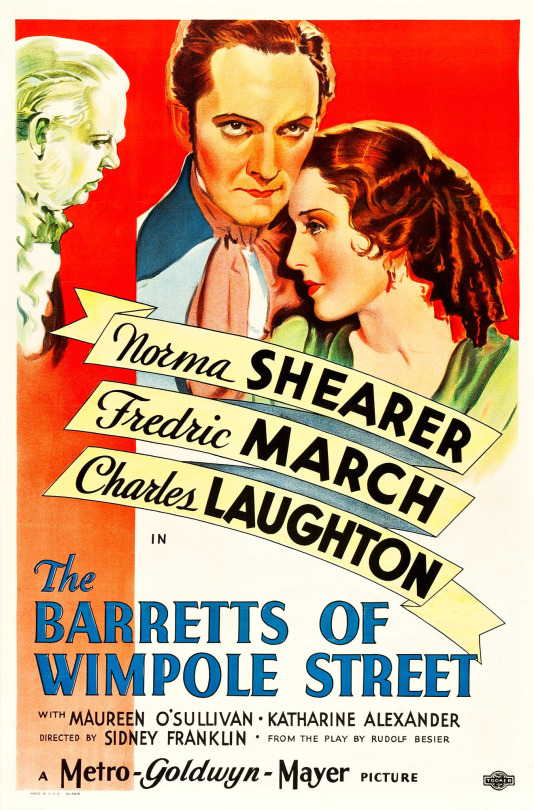
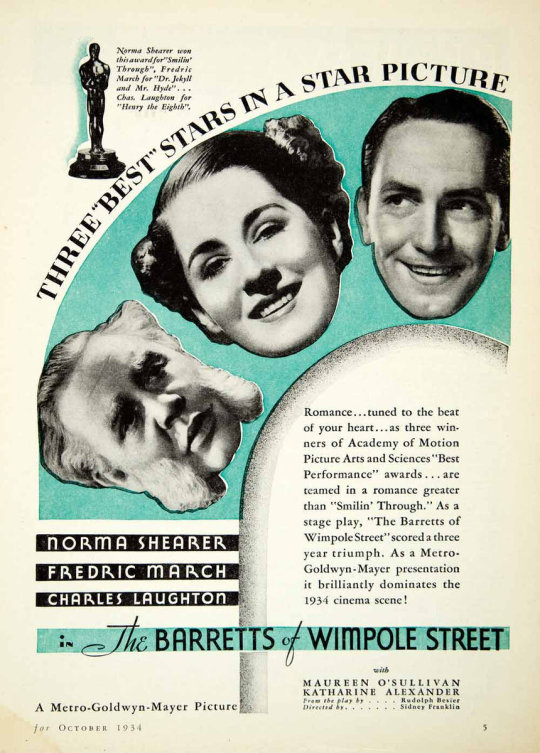



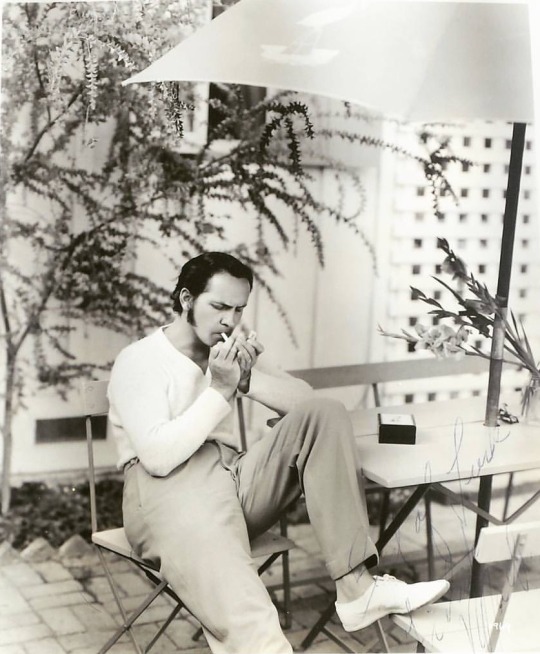
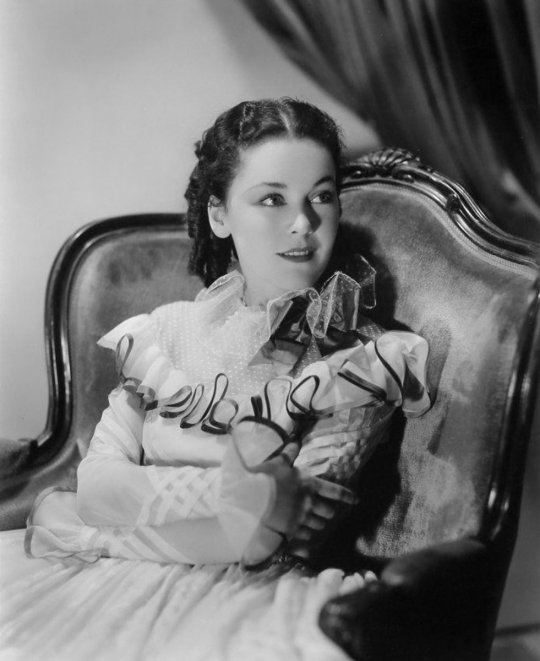

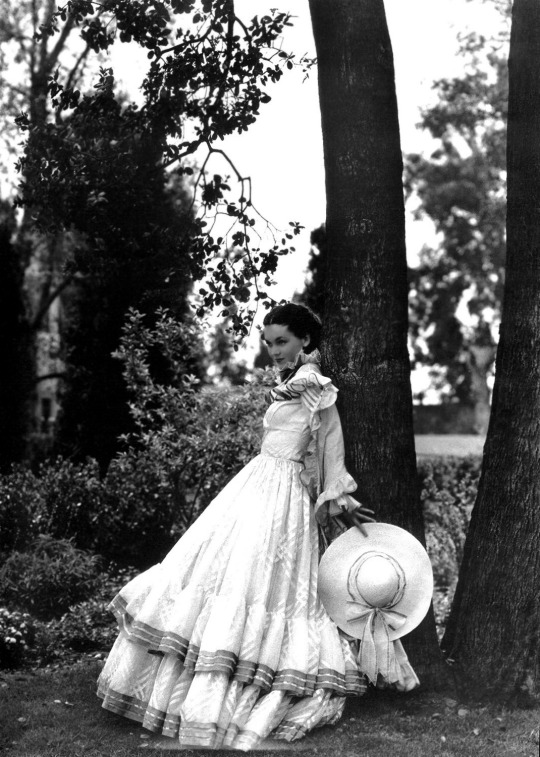
The Barretts of Wimpole Street (1934) Sidney Franklin
January 25th 2025
#the barretts of wimpole street#1934#sidney franklin#norma shearer#charles laughton#fredric march#maureen o'sullivan#una o'connor#katharine alexander#marion clayton anderson#ian wolfe#ralph forbes#pre-code#pre-codeish
10 notes
·
View notes
Text

Romano-Celtic artefact of an unknown deity
Probably Roman-made, 1st Century AD
Found at Wimpole, Cambridgeshire
Copper Alloy
Figure is stylistically Celtic: oval eyes, hair and moustache and holding a torc
#english imagination#english culture#albion#england#art#english art#romano british#celtic art#celtic#old god#cambridgeshire#wimpole estate#copper#copper sculpture#roman artefact
4 notes
·
View notes
Text

#The Barretts of Wimpole Street#Norma Shearer#Fredric March#Charles Laughton#Maureen O'Sullivan#Katharine Alexander#Sidney Franklin#1934
5 notes
·
View notes
Text

wtf Claudette WINNING AGAINST BETTE DAVIS IN OF HUMAN BONDAGE is absolutely absurd?
3 notes
·
View notes
Text
"THE BARRETTS OF WIMPOLE STREET" (1934) Review
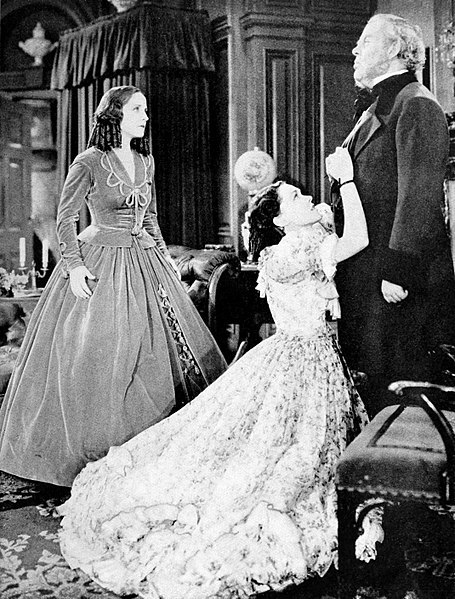
"THE BARRETTS OF WIMPOLE STREET" (1934) Review
I first learned about the mid-19th century British poets, Elizabeth Barrett and Robert Browning, from an obscure history book about Great Britain during the 1850s. The latter had provided only a brief peek into the pair's lives and work. And that peek included their courtship and the difficulties it faced due to the former's tumultuous relationship with her father.
There have been other books on the pair's biographies and works. However, the Dutch/English dramatist Rudolf Besier wrote a stage play about their romance and the difficulties they had encountered from her domineering father, Edward Moulton-Barrett. The play, "The Barretts of Wimpole Street", became a hit at the Malvern Festival and in London's theater district in the West End in 1930. A year later, actress Katherine Cornell produced and starred in the American production on Broadway. Metro-Goldwyn-Mayer Studios acquired the film rights to the play. In 1934, MGM executive Irving Thalberg produced and released the film version, which starred Norma Shearer, Fredric March and Charles Laughton to critical acclaim and box office success.
"THE BARRETTS OF WIMPOLE STREETS" opens with Elizabeth Moulton-Barrett consults with her doctor in early 1845. Elizabeth is in the process of recovering from an illness that has kept her bedridden for a long period of time. In fact, the published poet has suffered from ill health since the age of 15, due to head and spinal pain and the use of laudanum. Elizabeth loves socializing with others, especially with her surviving eight siblings. But Mr. Barrett, who never hesitates to remind Elizabeth of her frail health, seems to go out of his way to maintain a tight control over his children's lives and especially Elizabeth's. In fact, Mr. Barrett has forbidden for all of his children to marry. This edict first ends up being challenged by his second child Henrietta, who is secretly courted by an Army officer named William Surtees Cook. Elizabeth becomes the second offspring to challenge Mr. Barrett when she meets and falls in love with fellow poet Robert Browning.
I can recall encountering negative opinions of "THE BARRETTS OF WIMPOLE STREET", in which critics accused it of being a creaky melodrama based on a creaky stage play. I had these criticisms in mind when I first watched the movie. But I was surprised to discover that "THE BARRETTS OF WIMPOLE STREET" proved to be a lot more interesting. Yes, there were moments when Sidney Franklin's direction made the movie seemed more like a stage play than a movie. Many films produced and released during the first decade following the advent of sound films had possessed this particular flaw. More MGM films seemed to have this flaw, especially if the movie was an adaptation of a stage play. However, thanks to the screenplay written by Donald Ogden Stewart, Ernest Vajda and Claudine West; along with William H. Daniels photography of the Barretts' London home, "THE BARRETTS OF WIMPOLE STREET" proved to be a lot more than a creaky movie, based on a creaky stage play. In fact, I have doubts that Besier's stage was no more creaky than the movie, thanks to the main narrative.
Speaking the main story, I have to confess . . . it pretty much blew me away in the end. Who would have thought a movie about a possessive and tyrannical patriarch could be so interesting? The idea of a father attempting to maintain a tight control over a daughter's love life or sexuality is one thing. But Moulton-Barrett also tried to do the same to his sons. Out of his nine surviving children by 1845, at least three of them had married before his death. That is simply odd. But the movie mainly focused on his relationship with two of his daughters - Henrietta and especially Elizabeth. I wish I could give away the plot. All I can say is that in this tale, Elizabeth Barrett's romance with Robert Browning proved to be not enough to defy her father. It took two mind-blowing scenes - one that featured Mr. Barrett's bullying of Henrietta and his . . . um, confession to his oldest child to finally encourage the latter to make her escape from the Wimpole Street townhouse.
Looking past the costumes, Sidney Franklin's direction, and the movie's screenplay; I came to the conclusion that the real backbone of "THE BARRETTS OF WIMPOLE STREET" may have been its cast. I find it odd that many had doubted Norma Shearer's ability to portray the Victorian poet, Elizabeth Barrett. By 1934, she was already an Oscar winner and had starred in at least two or three period dramas. Someone had credited Franklin's direction for her Oscar-nominated performance. Personally, I believe a director can only do so much. I believe Shearer proved she had the talent and presence to do justice to the Victorian poet, struggling to escape her father's tyranny . . . especially in the last scene featuring daughter and father together.
Shearer had a strong cast to back her up. Fredric March, with whom she had co-starred in 1931's "SMILIN' THROUGH" portrayed poet Robert Browning. And he did so with an American accent, a great deal of energy and a lot of charm without resorting to hammy acting. I felt more than surprised by Charles Laughton's portrayal of the tyrannical Edward Moulton-Browning. I have accused Laughton of the occasional hammy acting in some of his earlier films. Laughton had plenty of opportunities to ham it up in this film, and yet he managed to project his character's complex and strong emotions with a great deal of skill and self-control. The movie also featured excellent support from the likes of Una O'Connor, Ralph Forbes, Katherine Alexander, Marian Clayton, Ian Wolfe and Leo G. Carroll.
I have two minor issues with "THE BARRETTS OF WIMPOLE STREET". One of them proved to be Maureen O'Sullivan's portrayal of Henrietta Barrett. I am not claiming that O'Sullivan gave a bad performance. Overall, I thought she was excellent as the emotional Henrietta. She was impressive in the scene that featured Henrietta's clash with her father, later in the film. However . . . there were moments when O'Sullivan's portrayal of the emotional Henrietta had edged toward over-the-top acting. My second issue featured the costumes designed by Hollywood legend, Adrian. If I must be honest, I found his mid-Victorian costumes rather beautiful, despite the film's black-and-white photography. However, the film was supposed to be set between 1845 and 1846. Then I found myself noticing Adrian's costumes in the images below:


They seemed to hint the mid-1850s. The wide skirts, flounces and ruffles practically screamed the mid-1850s. Ironically, the men's costumes struck me as more historically accurate.
Although I had a few issues with "THE BARRETTS OF WIMPOLE STREET", I found myself surprised that I managed to enjoy it very much. Between Sidney Franklin's competent direction, William H. Daniels' photography, an excellent cast led by Norma Shearer and Fredric March, and a surprisingly powerful screenplay written by Ernest Vajda, Claudine West, and Donald Ogden Stewart; the Oscar nominated "THE BARRETTS OF WIMPOLE STREET" proved to be far from "creaky", despite being at least 90 years old.

#elizabeth barrett browning#robert browning#victorian age#old hollywood#mgm#period drama#period dramas#costume drama#the barretts of wimpole street#the barretts of wimpole street 1934#sidney franklin#norma shearer#fredric march#charles laughton#maureen o'sullivan#ralph forbes#una o'connor#katherine alexander#marian clayton#ian wolfe#leo g. carroll#adrian#irving thalberg
2 notes
·
View notes
Text

Remembering Maureen O'Sullivan on her birthday
In The Barretts of Wimpole Street
5 notes
·
View notes
Text
“Michael [Cooper] talked Robert Fraser into putting a 45 rpm record-player under the dashboard in his car. They’d be dashing through Hyde Park blasting out Otis Redding or James Brown, heading for Ronnie Scott’s or Jane Asher’s.
Michael would take Robert and me to places where Robert Fraser was afraid to go even though he was a titled person, the son of a lord. He wouldn’t dream of going to Jane Asher’s unannounced, whereas Michael would say, ‘It’s cool, it’s cool’ and sure enough it would be--we’d be welcomed with open arms. It would be about 3 am and he’d bring in his Otis Redding tape or something and it would be OK”--Terry Southern in Blinds & Shutters
#Robert Fraser#Jane Asher#Terry Southern#Wait what#not sure if Terry really thought Robert was titled or just feels like he might as well have been?#And going to Jane Asher's? Does he mean Wimpole Street? Or Cavendish?#This is separate from Terry Southern's other piece in the book and there's no clear timeframe#so curious!
15 notes
·
View notes
Text


TV GIRL AT HOME -- SWEATER GIRL FOR THE CAMERA.
PIC(S) INFO: Spotlight on a then age 17 Jane Asher (born April 5, 1946) English TV and film actress, photographed at her house on Wimpole Street, London, England, on July 9, 1963.
Sources: www.pinterest.com/pin/hayley-others--453456256241873181 (Pinterest 2x).
#JaneAsher#Jane Asher#Sweater Girl#SweaterGirl#London England#Sixties#English Actress#Film Actress#Actress#HairandMakeup#London#Photography#Wimpole Street#London UK#60sfashion#Sweater#60sStyle#FilmActress#1963
2 notes
·
View notes
Text

Norma Shearer and Charles Laughton in The Barretts of Wimpole Street (Sidney Franklin, 1934)
Cast: Norma Shearer, Fredric March, Charles Laughton, Maureen O'Sullivan, Katharine Alexander, Ralph Forbes, Marion Clayton Anderson, Ian Wolfe, Ferdinand Munier, Una O'Connor, Leo G. Carroll. Screenplay: Ernest Vajda, Claudine West, Donald Ogden Stewart, based on a play by Rudolph Besier. Cinematography: William H. Daniels. Art direction: Cedric Gibbons, Film editing: Margaret Booth. Music: Herbert Stothart.
The Barretts of Wimpole Street displays Norma Shearer as queen of the MGM lot, taking on a role that had been associated with Katherine Cornell, who played Elizabeth Barrett in the 1931 Broadway production of Rudolf Besier's play and then toured the country with it. Irving Thalberg, the head of production at MGM, offered the role in the film version to Cornell, but she turned it down -- as she did all film offers. (Cornell reportedly was reluctant to have her performances recorded on film because she feared they would grow dated and ludicrous, as so many performances from the silent era had become.) The logical choice for the movie then became Shearer, Thalberg's wife, who was entering a new phase in her career: Having turned 30 in 1932, she was beginning to outgrow the more lively persona that she displayed in her earlier movies. Unfortunately for her reputation today, most of the films she began to make have effaced the earlier image: She seems distantly "respectable" in the later movies. The Barretts of Wimpole Street was one of her more popular vehicles, and although the film as a whole is stodgy, Shearer makes a credible transition from the oppressed invalid of the early part of the film to the defiant woman who elopes with her lover, Robert Browning (Fredric March), at the end. It helps that Charles Laughton hams it up wonderfully as Edward Moulton-Barrett, Elizabeth's father, who is determined to keep any of his eight children from marrying as long as he is alive. Although the Production Code forbade any explicit mention of either incest or sexual obsession, Laughton's performance makes it clear in the climactic scene not only that he is disturbed by his own sexuality and may have forced himself on his late wife, but also that he has incestuous feelings for Elizabeth. Her horror at this revelation precipitates her elopement with Browning.
2 notes
·
View notes
Text

Real life becomes reel life in the dramatisation of the courtship of poets Elizabeth Barrett and Robert Browning. Read my new review of The Barretts of Wimpole Street here:
#the barretts of wimpole street#Sidney Franklin#Rudolph besier#ernest vajda#claudine west#Donald Ogden Stewart#norma shearer#fredric march#charles laughton#maureen o'sullivan#una o'connor#Leo g Carroll#flush#elizabeth barrett browning#robert browning#poetry#tarzan#mutiny on the bounty#Frank Lloyd#mgm#hollywood#hollywood movies#golden age hollywood#classic hollywood#vintage hollywood#movies#film#moviereviews#film reviews#jingle bones movie time
1 note
·
View note
Text
Alright, if they’re covering 1962-1969 (they’re probably not) and they’re focusing each film on a different Beatle, to stop it being repetitive it’s either a case of real focus on their non-Beatles life and / or focus on one time period for each of them specifically (they probably won’t).
So anyway this is my wild day one guess:
Ringo - 1962-3: joins the band, worrying that he’s not fitting in but meeting Mo, angst of not being on Love Me Do, hitting no 1, easy way in to introduce the other characters to the audience
John - 1964-5: Beatlemania, first US Tour, AHDN, disillusionment setting in
Paul - 1966-7: End of touring, pepper, artsy, cocaine, arrogance, Brian’s death, failure of MMT
George - 1968-69 Apple / breakup - growing confidence, India, great songs, lots of angst, ill mum, breaking down of relationship with Pattie, maybe a Bob Dylan guest appearance. End it with the last time all four were together so Abbey Road /The End, or Pattie’s birthday two days later.
#the only one I agree on myself with there is Ringo#early days makes a lot of sense for him#the only thing I really want from a Beatles film is Paul McCartney parkouring out of Wimpole Street
1 note
·
View note
Text
youtube
I've found that Wallace Wimpole's (Bill Thompson, also the voice of Droopy dog) voice makes my brain happy.
#Love that little evil laugh#Bill Thompson#Wallace Wimpole#Droopy dog#Fibber McGee and Molly#old school radio#Youtube
1 note
·
View note